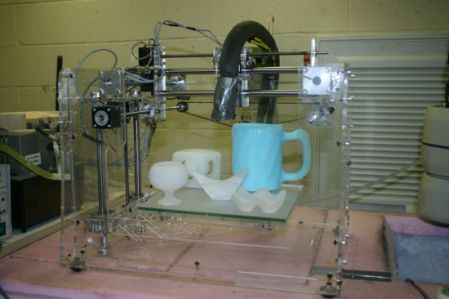
If you ever need to manipulate images really fast, or just want to make some pretty fractals, [Reuben] has just what you need. He developed a neat command line tool to send code to a graphics card and generate images using pixel shaders. Opposed to making these images with a CPU, a GPU processes every pixel in parallel, making image processing much faster.
All the GPU coding is done by writing a bit of code in GLSL. [Reuben]’s command line utility takes that code, sends it to the graphics card, and returns the image calculated by the GPU. It’s very simple for to make pretty Mandebrolt set images and sine wave interference this way, but [Reuben]’s project can do much more than that. By sending an image to the GPU and performing a few operations, [Reuben] can do very fast edge detection and other algorithmic processing on pre-existing images.
So far, [Reuben] has tested his software with a few NVIDIA graphics cards under Windows and Linux, although it should work with any graphics card with pixel shaders.
Although [Reuben] is sending code to his GPU, it’s not quite on the level of the NVIDIA CUDA parallel computing platform; [Reuben] is only working with images. Cleverly written software could get around that, though. Still, even if [Reuben]’s project is only used for image processing, it’s still much faster than any CPU-bound method.
You can grab a copy of [Reuben]’s work over on GitHub.
















